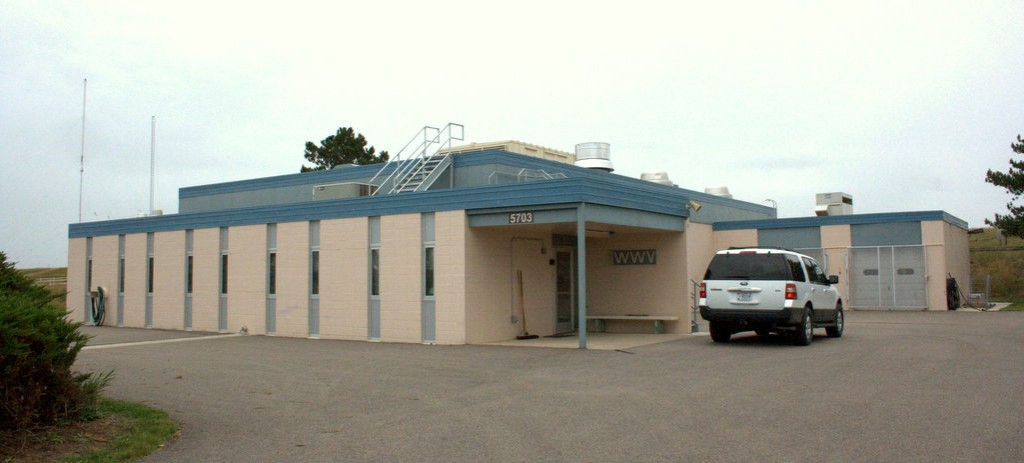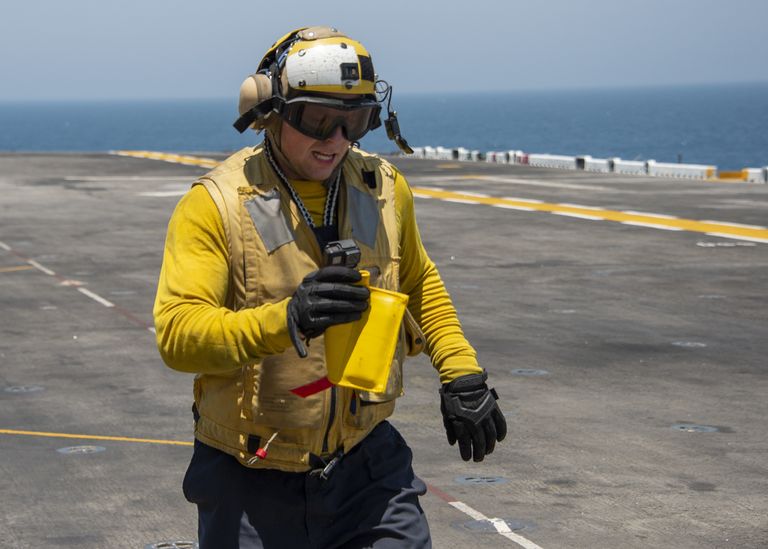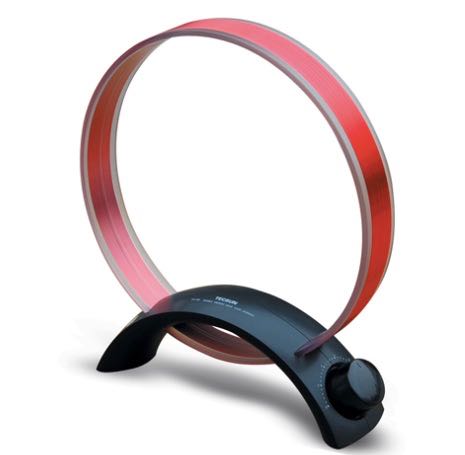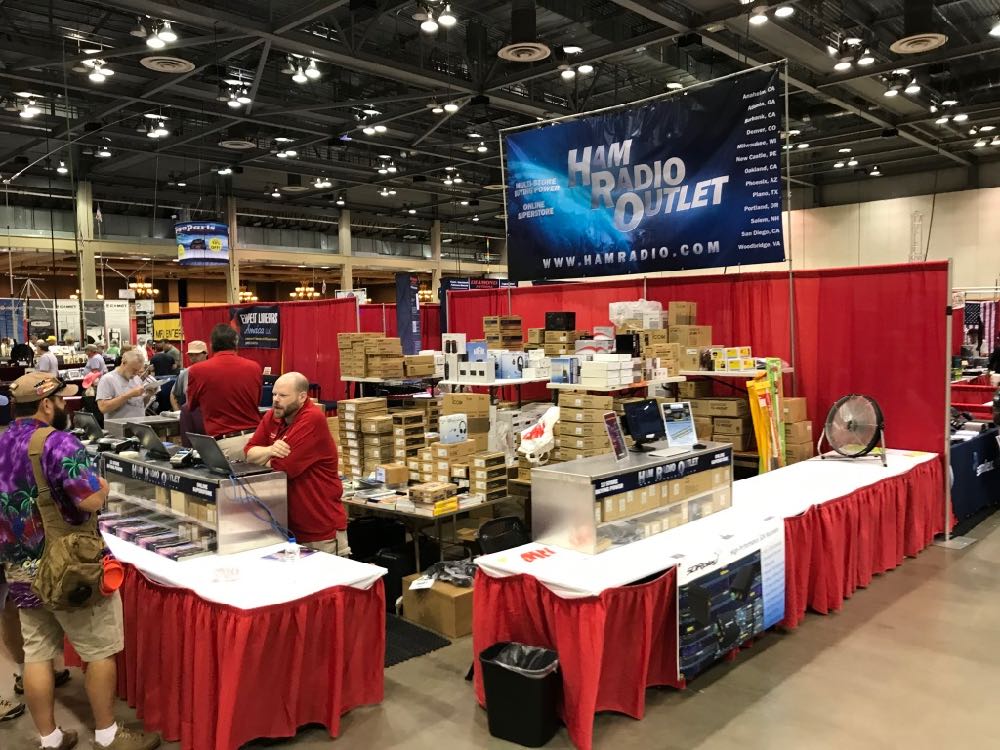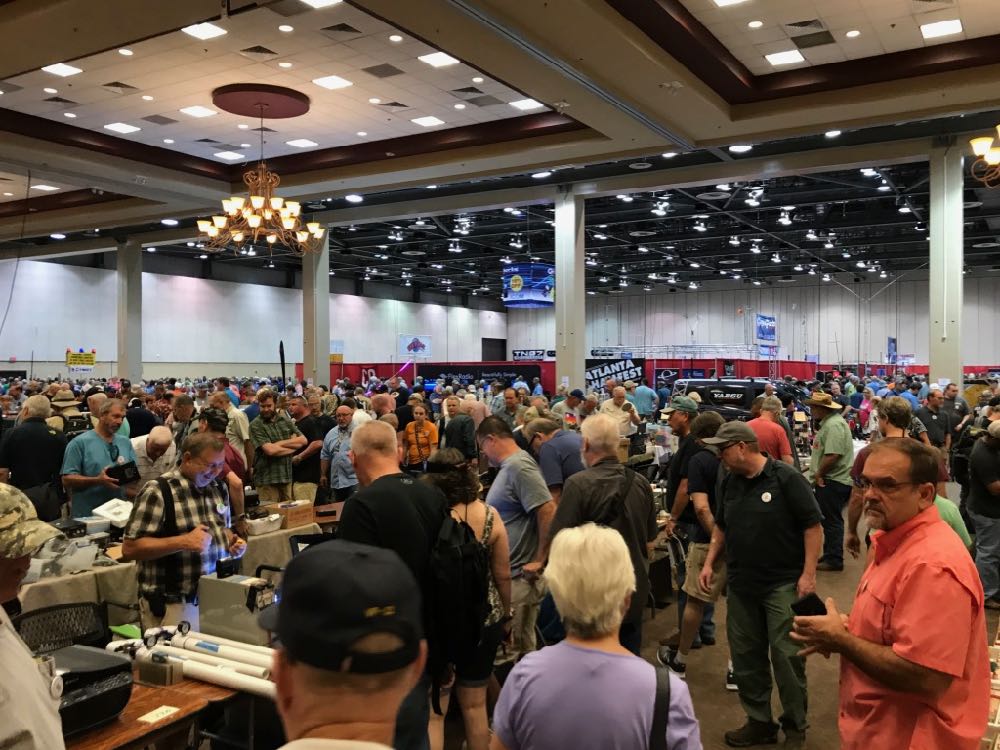(Source: ARRL via Eric McFadden)
WWV Centennial Committee Prepares for Trial Run of WW0WWV Special Event
The WWV Centennial Committee reports that it will conduct a trial run of special event station WW0WWV over the August 24/25 weekend.
Radios and antennas began arriving last week, and a tower and beam will be erected, along with several vertical antennas. WW0WWV will be set up adjacent to the WWV transmitter site in Fort Collins, Colorado. WWV turns 100 years old on October 1.
“We’ll be testing band and notch filtering, in an attempt to reign in the extreme RF environment created by WWV and WWVB,” said Dave Swartz, W0DAS, of the Northern Colorado Amateur Radio Club (NCARC).
The club will carry out the special event operation in conjunction with the WWV Amateur Radio Club and the National Institute of Standards and Technology (NIST), which operates WWV/WWVH/WWVB.
The special event site is within 1/3 of a mile of all six WWV transmitters and the 50 kW WWVB transmitter. “On-air tests will start Saturday afternoon, August 24, and run through Sunday, August 25,” Swartz said, adding that organizers will post specific times and frequencies on the WWV Centennial Committee website.
The WWV Centennial special event is set to run from September 28 through October 2, and round-the-clock operation will take place on CW, SSB, and digital modes. Operations will shift among HF bands following typical propagation and will include 160 meters as well as satellites (SO-50, AO-91, and AO-92) and 6-meter meteor scatter.
Up to four stations will be on the air for routine operations. A fifth station will schedule contacts with schools, universities, and museums, as well as conducting unscheduled contacts. The additional station will periodically broadcast an AM carrier from a radio locked with WWV’s 10 MHz signal.
“At this point we have filled our operator’s slots and met equipment goals, but we need more financial resources to cover basic operating expenses, return shipping, and site logistics,” Swartz said. Members of the Amateur Radio industry have contributed equipment, including radios, amplifiers, and antennas.
NIST has announced that it will not be able to open the doors of WWV to the public for the event. “Due to a number of reasons, the scope of the formal celebration will be limited to only 100 invited participants,” the WWV Centennial Committee announced. “WW0WWV will be the main public event for the centennial celebration.”
Visit the WWV Centennial Committee website at http://wwv100.com/ to see how you can get involved.

